I tried playing 'Sparrow Sparrow,' a simple and minimal game that allows even beginners who are not good at scoring to easily enjoy the game of mahjong.

Mahjong, a table game originating in China, is popular in Japan, with professional leagues and even world championships. However, the rules and scoring system are somewhat complicated, making it one of the most difficult games to master for beginners. We tried out Suzume Jan , a game that simplifies mahjong so that even inexperienced players can easily enjoy the game.
Sparrow | Sparrow | Board Games at Sugorokuya | Sugorokuya
This is the package for Suzume-Jume. Sugorokuya provided me with the new green version as a gift .
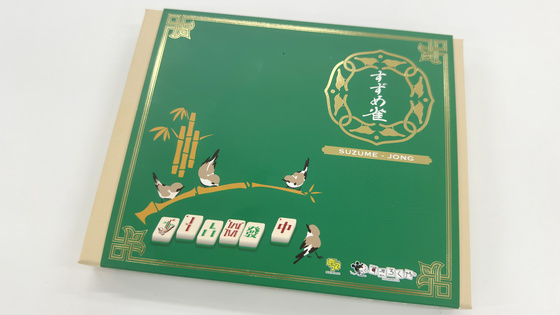
The target age is 6 years and above, the number of players is 2 to 5, and the estimated playing time is 30 minutes.
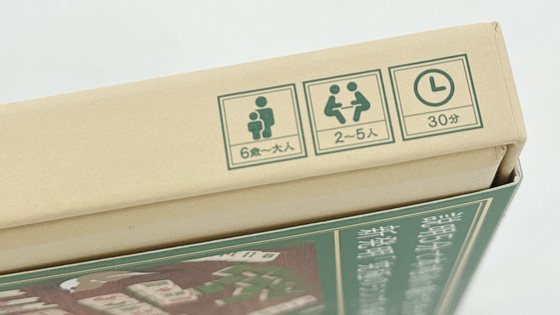
Inside is an instruction manual on how to play and a quick reference card with a list of roles.
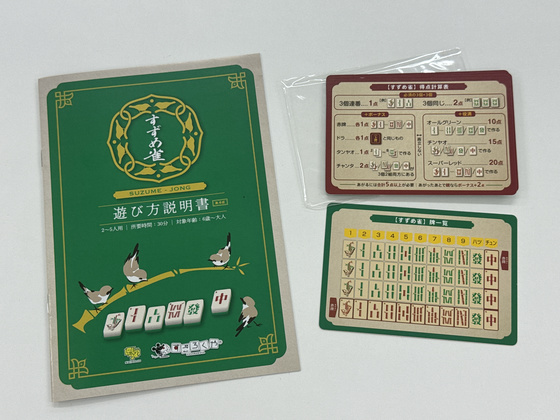
Parent marker, wind marker, point stick. There are three types of point stick: 1 point, 5 points, and 10 points.
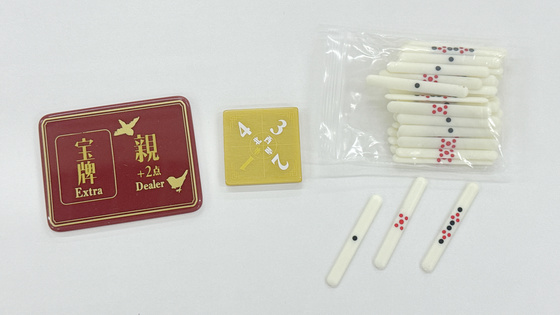
The tiles are kneaded tiles with green backs, and there are four of each of the four sakushi, ho, and chu, for a total of 44 tiles. Only one of the four sakushi is a red tile.

Picking up the tiles. They seem a size smaller than regular mahjong tiles. The patterns aren't just printed, they're carved into them.
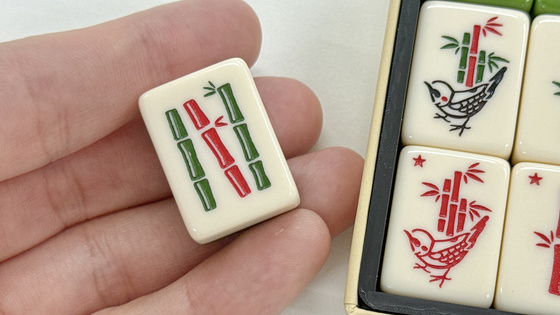
This time, four people played. To make things even more exciting, we used 50cm x 50cm floor tiles instead of a play mat. These floor tiles were just the right size, so I recommend them for players to use.
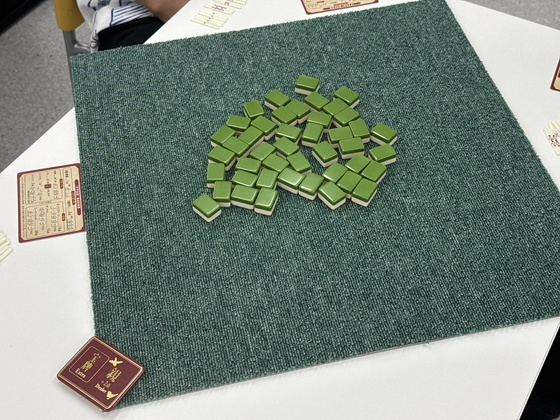
All players are dealt a quick reference card and a score stick. The score sticks are 2 x 10 points, 3 x 5 points, and 5 x 1 points, for a total of 40 points.
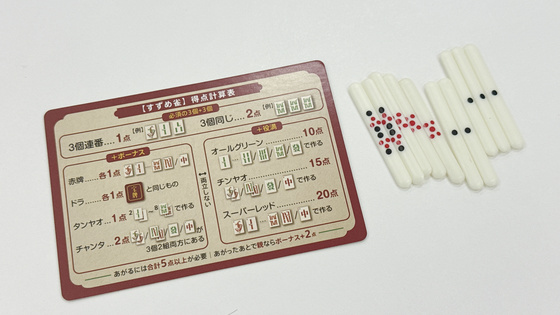
The parent is decided by rock-paper-scissors and the parent marker is passed around.
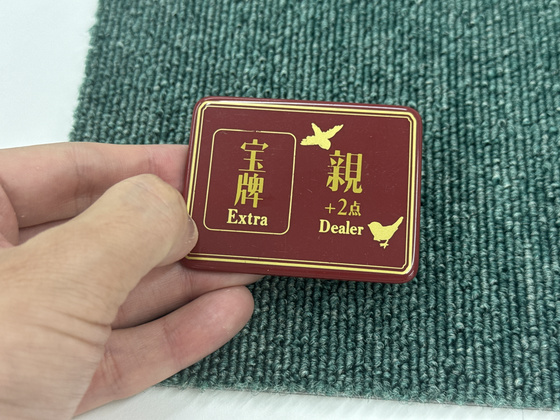
Next, shuffle the tiles, which means shuffling them all face down. Instead of piling the shuffled tiles into a pile, move them to the center while still shuffled.
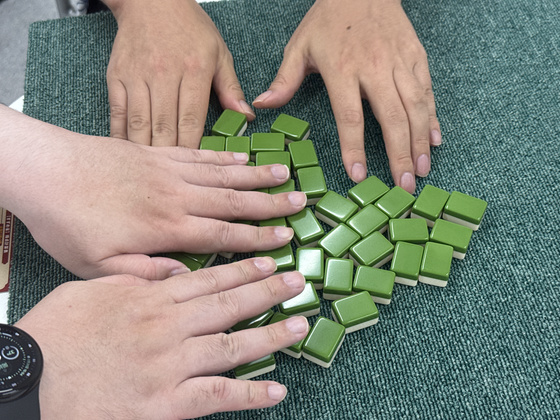
Then, each player draws five tiles from the center.
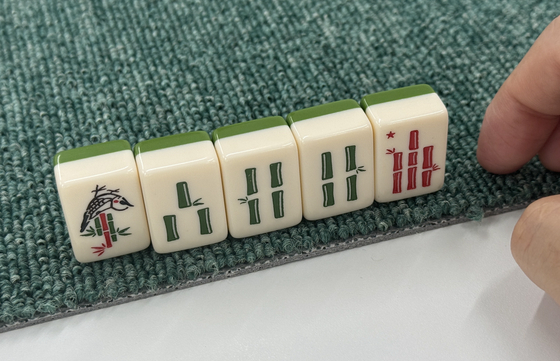
Next, the dealer draws a tile from the center and places it on the dealer marker. This tile becomes the Dora. In general Mahjong rules, the Dora tile is the tile next to the displayed tile, but in Suzume-jang, the Dora tile is the same as the displayed tile.
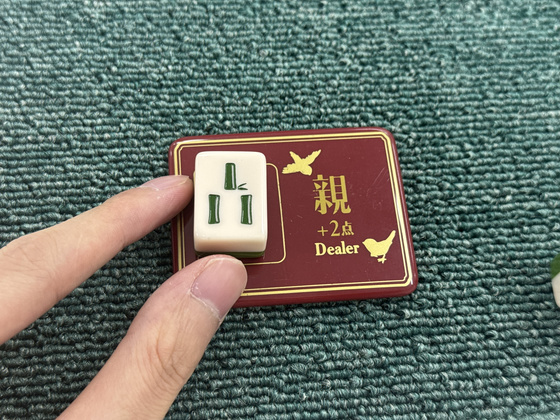
The dealer places a wind marker in front of him with '1 East' facing up. This wind marker indicates the starting player.
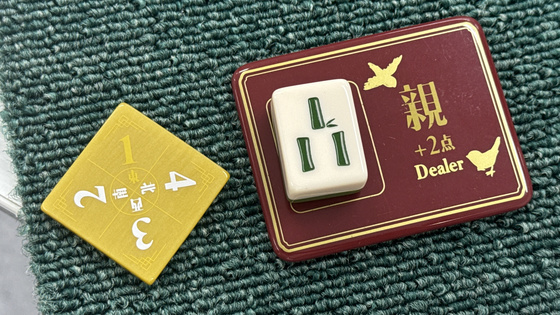
When it is a player's turn, they draw one tile from the center.
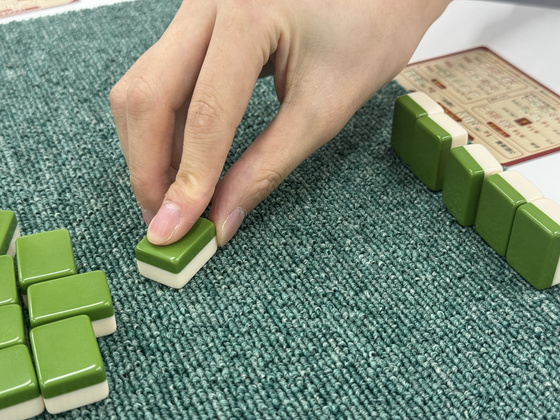
By drawing one more tile, your hand will now have six tiles.
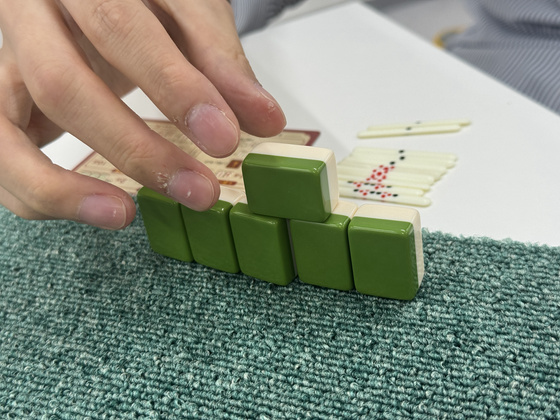
Then discard the tile.

In Suzumejaku, a player can win by making two sets of three consecutive tiles (
The scoring system calculates points as follows: a sequence is worth 1 point, a pair is worth 2 points, and Dora and red tiles (including the center) are worth 1 point each. Additionally, certain combinations earn additional points for 'yaku' (hands). For example, below, a player draws a 7 to a hand of '5, 6, 6, 7, 8.' Now, '5, 6, 7' and '6, 7, 8' are worth 1 point each, and since there are two red tiles, 1 point x 2 = 2 points. Plus, there's an additional 1 point for the ' Tan Yao ' hand, which doesn't include a 1, 9, or character tile, for a total of 5 points. Note that the dealer also receives an additional 2 points if they win, but these 2 points are not included in the 5 points required to win.

Hands that are difficult to complete are called 'Yakuman' and are awarded high points ranging from 10 to 20 points. For example, a hand consisting of only green tiles (2, 3, 4, 6, 8, and fa) is called an 'All Green' hand and is awarded 10 points. The following winning hand is an all-green hand with two triplets (2 points) attached, which is an amazing 14 points.

When someone wins, the game ends. The player passes the dealer marker to the player on their right and the next game begins. In Mahjong, if the dealer wins, they continue as dealer, but in Suzumejaku, even if the dealer wins, the dealer's role passes to the next player.
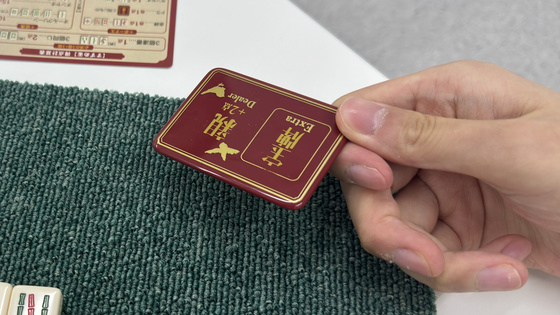
The game also ends if no one can win and all the tiles in the center are gone. In traditional mahjong, penalty points are paid depending on whether or not you have

The game continues like this. Below is the third turn, where I drew a 9. Since my hand looks like it could be a tanyao, I decided that I didn't need a 9.

'Well, it's only the third round,' I thought, discarding the 9.

However, that was the winning tile for the other player. It was a sequence (1 point), a triplet (2 points), and two red tiles, totaling 5 points. Since Suzumejaku has fewer tiles, the hand changes are far less than in traditional mahjong, and there are no calls like pon or chi, the first tile you draw is extremely important. Because of this, it was often possible for a player to win after just a few turns.
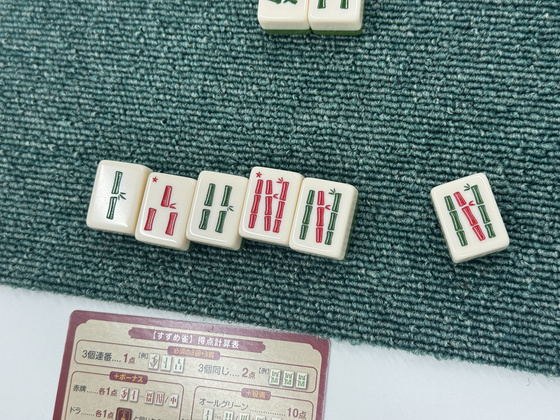
When the dealer goes around once and returns to the person who played the first dealer (starter), advance the wind marker by one. When this wind marker has '4 North' on top, it is the final round.
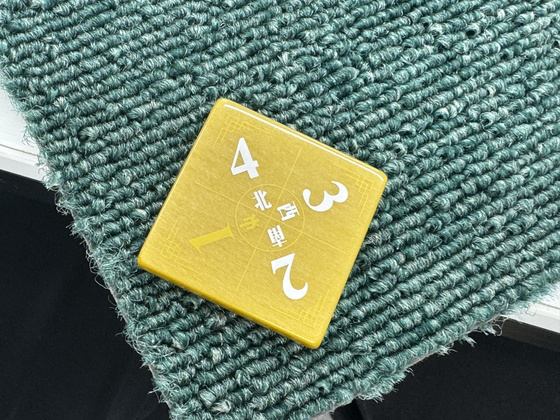
Once the final round is over, the player with the most points will be declared the winner.

Suzumejang is a very simplified version of mahjong, but when I actually played it, I got the impression that although it has rules that follow mahjong, the feel of the game is quite different. In real mahjong, there are many tiles, so you play with the assumption that the tiles in your hand will be replaced every 16 to 17 turns. However, in Suzumejang, there are fewer tiles, and the game ends in 5 to 6 turns, so it's important to make the most of the tiles you draw at the beginning. There is a restriction that you can't win unless your hand has 5 or more points, so Dora and red tiles are more valuable than in mahjong.
Suzumejang's scoring system is clearly easier than traditional mahjong, so even children can do it quickly. It's also recommended for people who are interested in mahjong but find the scoring system too complicated to get started. The components, such as the well-made tiles, scoring sticks, and dealer markers, are extremely well-made, making it feel like you're actually playing mahjong. Each round takes about three minutes, and if you play through the entire north round, it takes about 45 minutes. It's quick to play and compact, so it doesn't take up much space, which is a plus.
The price of Suzume-jaku is 4,400 yen including tax. It is available on Amazon.co.jp, but was out of stock at the time of writing.
Amazon.co.jp: Suzume-jaku Sugorokuya Board Game: Toys

You can also get Suzume Suzume from the gift article below.
GIGAZINE Summer gift release project 'Answer the questionnaire and take them all!' - GIGAZINE
